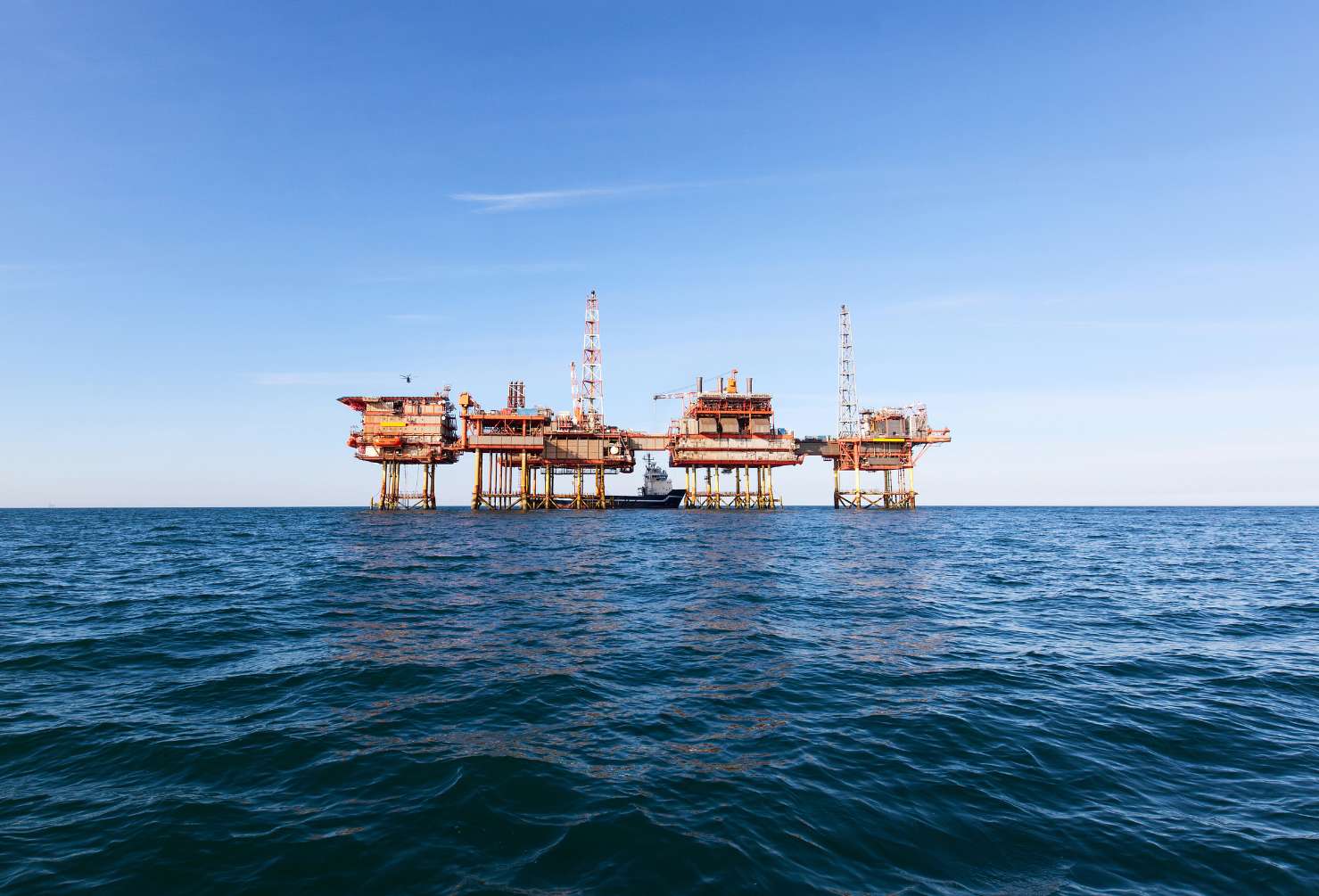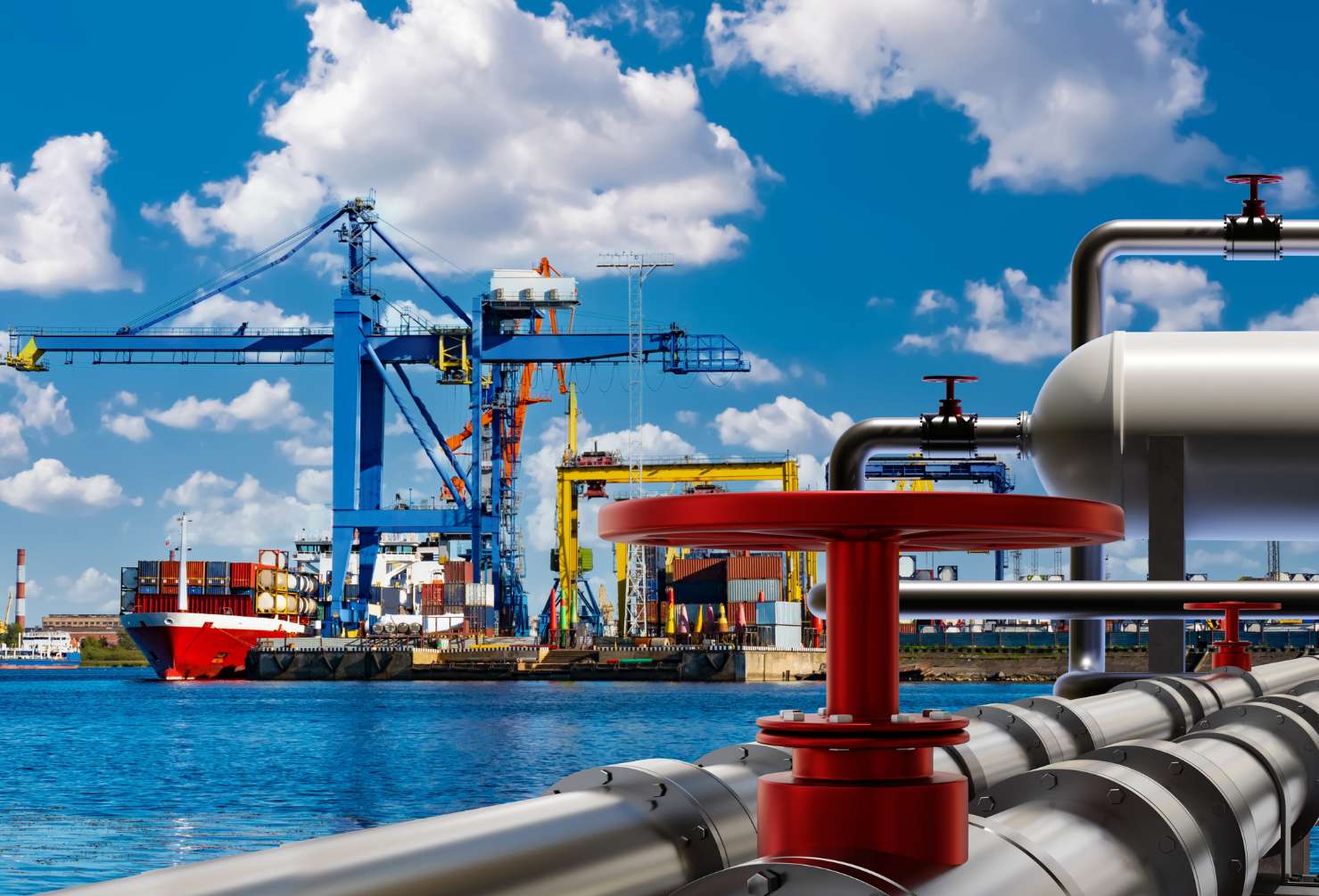
Carbon capture and storage (CCS) has long been pitched as a future-forward solution to decarbonising Australia’s energy sector, especially as oil and gas players seek ways to meet emissions targets without abandoning hydrocarbons altogether. But in 2025, reality is setting in: the hype isn’t matching the investment.
With high-profile cancellations like Esso’s Gippsland Basin CCS project and other stalled initiatives, the focus is now shifting to projects with immediate return, political support and commercial viability. For workers, operators and investors, the message is clear: the energy industry is pivoting back to what works and right now, that’s gas.
Why CCS Projects Are Stalling
Despite its long-standing promise, CCS is facing a series of real-world barriers:
1. High Capital Costs
Building CCS infrastructure is expensive (often exceeding $1 billion for pilot projects) and ROI is unclear, especially without robust carbon pricing or subsidy support.
2. Regulatory Uncertainty
CCS projects face complex regulatory pathways, particularly for offshore carbon storage. Operators often encounter long delays, inconsistent approval processes and a lack of alignment between federal and state regulations.
3. Public and Environmental Opposition
Local communities and environmental groups remain skeptical of offshore and underground CO2 storage. There are concerns over long-term leak risks, marine ecosystem impacts and a perceived lack of transparency in planning.
4. Commercial Viability
Without clear revenue models (such as carbon credits or CO2-linked tax incentives) many CCS projects simply don’t stack up financially. For most producers, the path to profitability still lies in traditional oil and gas operations.
These challenges collectively led to Esso’s cancellation of the SEA CCS project, a move that many now view as the canary in the coal mine for Australia’s first wave of carbon capture ambitions.
Where Is the Real Energy Momentum in 2025?
With CCS facing headwinds, attention and investment are returning to areas that are commercially proven, workforce-ready and aligned with national energy security goals. Here’s where we’re seeing real traction:
1. Large-Scale Gas Projects
- Scarborough (Woodside): Now over 80% complete, this project is one of the largest energy infrastructure builds in the country. It’s set to deliver LNG to export markets and domestic users, while supporting thousands of jobs.
- Barossa (Santos): Despite legal challenges, it remains on track for first production in late 2025. Its development is critical for backfilling Darwin LNG and supporting NT’s gas supply.
- Turrum Phase 3 (Esso/Woodside): A $350 million investment to bring new wells online and alleviate east coast gas shortages.
These projects have clear timelines, defined offtake agreements and strong political support, all things that CCS currently lacks.
2. Domestic Energy Security Projects
As gas shortfalls loom on the east coast, projects that support domestic supply, not just exports, are getting priority.
- Beetaloo Basin is seeing fast-tracked exploration activity, supported by federal and NT government funding.
- Middle Arm Precinct (Darwin) is being developed as a gas-based energy and manufacturing hub.
- Pipeline upgrades and new infrastructure are being greenlit to support east coast transport and compression.
These projects are being driven not just by commercial interest, but also by policy pressure to secure gas for power generation, industry and consumers.
3. Brownfield Upgrades and Infrastructure Expansion
Instead of chasing experimental solutions, operators are reinvesting in what they already own:
- LNG facility expansions
- Compression station upgrades
- Asset life extension on offshore platforms and FPSOs
These brownfield scopes offer quick turnaround, high employment and reduced risk compared to greenfield CCS or hydrogen initiatives.
What This Means for Energy Jobs
While CCS would have created roles in engineering, permitting and compliance, its pause hasn’t slowed down the jobs market, it’s simply redirected it.
In 2025, the hottest hiring trends are in:
- Mechanical Fitters & Boilermakers: Especially on shutdowns and new train builds
- Rig Electricians & Instrument Techs: Critical for offshore rigs and LNG facilities
- Project Engineers & Schedulers: Supporting multi-year builds like Scarborough and Barossa
- Drillers & Well Services Crews: For Beetaloo and broader exploration across NT and WA
These roles are being filled across Karratha, Darwin, Gladstone and regional hubs, with FIFO demand reaching pre-2020 highs.
Employers are also investing in upskilling programs, apprenticeship intakes and Indigenous employment initiatives as labour demand stretches the current workforce.
Is CCS Dead in Australia?
Not entirely. The government still includes CCS in its emissions reduction roadmap and there are smaller pilot projects being quietly developed. However, there’s a shift in tone:
- Major operators are not leading the charge.
- Funding is being redirected.
- Policy backing is cooling off as governments respond to public sentiment and energy pricing concerns.
Unless carbon markets or CCS incentives improve dramatically, the near-term outlook is weak. In the meantime, projects with tangible, near-term results are taking centre stage.
What’s Next for Energy in Australia?
With the 2025 federal election looming and new gas reservation policies being debated, energy is set to remain a hot-button issue.
- If the Coalition wins, expect more support for gas and nuclear, fewer green energy subsidies and faster project approvals.
- If Labor holds power, the focus may return to transition technologies and emissions targets, but gas will likely remain in the mix.
Either way, the big money is going to projects with near-term delivery and workforce impact, and that means oil and gas is where the action is.
Final Thoughts
CCS was never meant to be the entire solution and right now, it’s not even part of the main plan. In 2025, Australia’s energy momentum is with proven, shovel-ready projects that fuel export earnings and domestic security.
At Enxgy, we’re helping professionals and businesses navigate this shift. Whether you’re on the ground or in the boardroom, understanding where the market is really moving can give you a critical edge.
Need to know where the real jobs are in energy? Subscribe to our newsletter or follow us on LinkedIn for weekly insights, roles and project news that cut through the noise.





